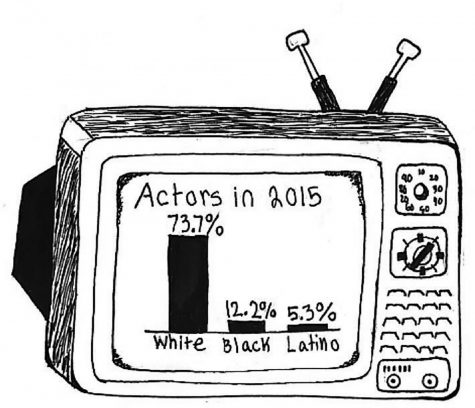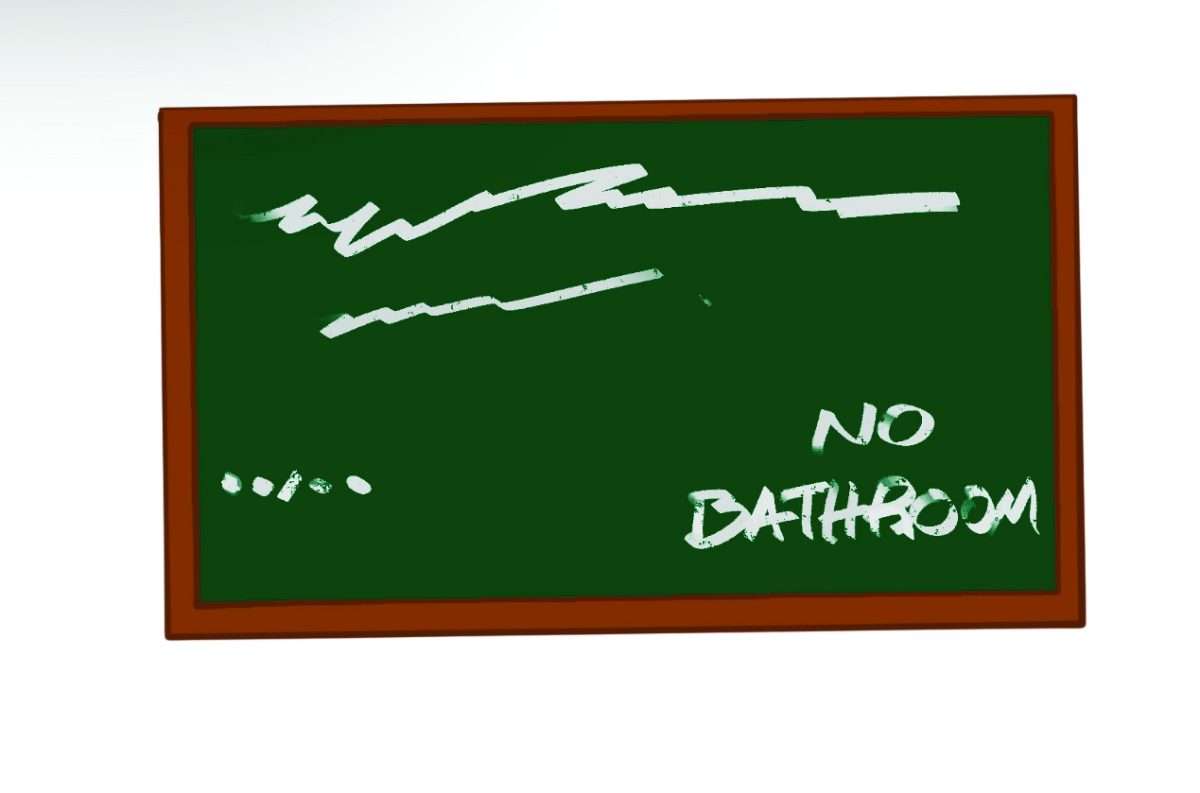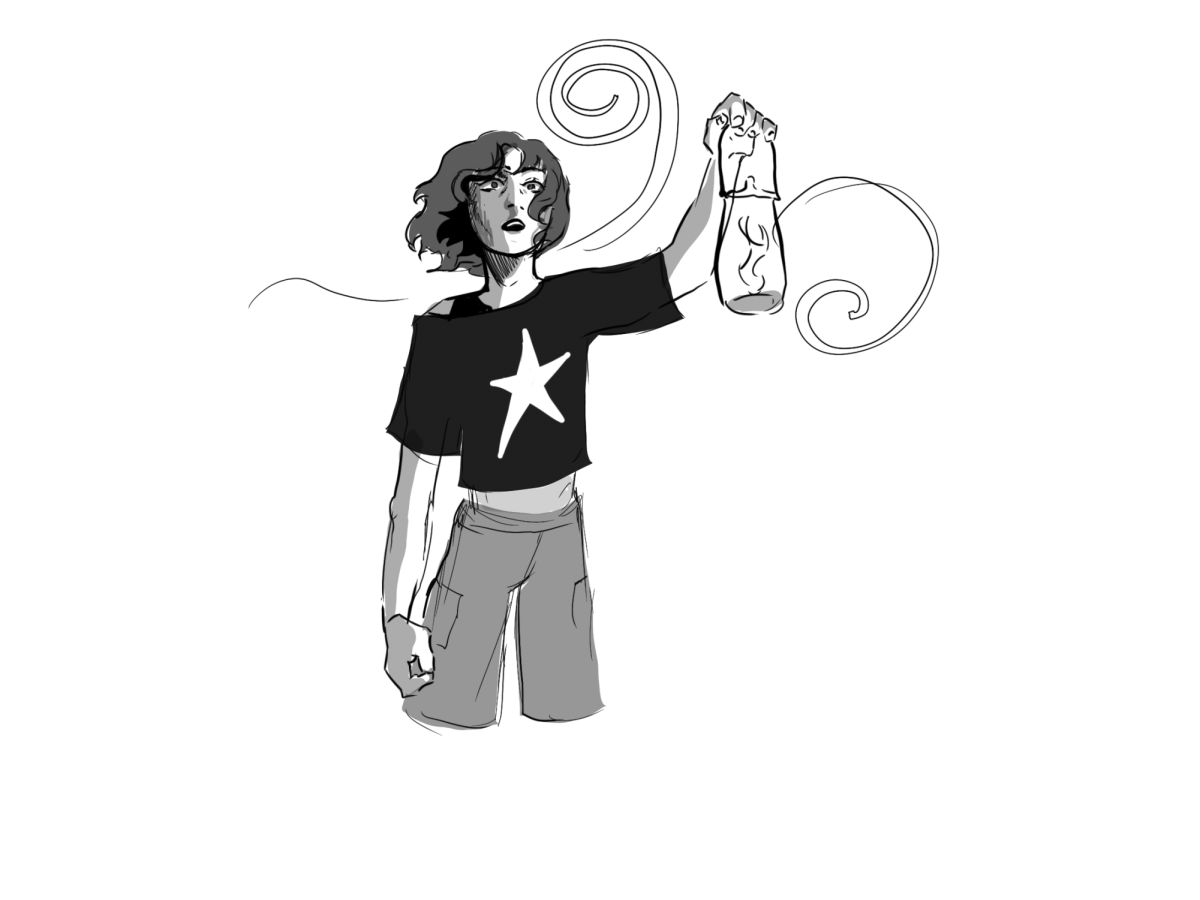 Nhung Lam
Nhung Lam
This past year has been a time of dramatic social change. With movements like #MeToo and HeForShe starting after the exposure of movie producer Harvey Weinstein as a sexual predator, increased awareness has been placed on the rights of female, colored, and LGBTQ communities. But what could accelerate this push to end prejudice?
In the modern world, the media has a lot of power over public perception and how groups are seen. Portrayals in movies and TV establish stereotypes and continue to reinforce them. Not only that, but younger generations see television characters as idols, personally connecting with their stories. If groups don’t get significant representation, they may see themselves as unnecessary to society and not valued for their work. People base their role in society off of characters they observe. Fewer characters present will result in a lack of identity for certain types of people. It is the responsibility of Hollywood and the film industry to represent all groups in society but not force diversity into movies.
Erin Grambush, a humanities teacher at MTHS, has firsthand experience of stereotypes in media affecting her life.
“If you asked me [in my youth], I would have said stereotypes and media representations didn’t affect my early life, but looking back now, I can see the many ways they did,” Grambush said. “Movies’ constant portrayal of girls and boys dating the ‘bad boy’ and helping him become a better man… leading a lot of young ladies to think they have the power to change someone if they can just be a ‘good woman,’ while not being able to change them reflects back on them[selves] as not being good enough, even though it is well known that people rarely change as a result of someone else and no young girl should put up with a guy who doesn’t treat her right. It is not her responsibility to help him or show him a better way of living because she deserves a guy who knows how to treat her right already and does it.”
Grambush believes lack of representation in films causes stereotypes and inaccurate portrayals of groups. “Representation in the media is incredibly important. I want my students to see themselves reflected in media, in books, in movies, and from a variety of different perspectives,” she said. “If we only see one image or idea of a certain group of people in the media, we will attempt to extend those ideas to everyone we know who is like that because that is the only image we have.”
Currently, she believes that the industry doesn’t reflect the diversity of America. “If we truthfully look at the media, the most common images and family structures and ideas we see tend to be white. I think we are starting to change that, but that is the most common [group portrayed in Hollywood],” Grambush stated. “It’s important for everybody to be reflected in the media so everyone can feel like they are a part of and welcome in the society in which we live.”
Popular media should aim to defy and diversify their productions while still hiring the most talented workers. Diversity in movies will inspire represented groups to pursue their goal
s, knowing firsthand that a member of their group can succeed in the real world. These role models also teach people how to act in society and how to behave. However, diversity shouldn’t be forced into films.
Like renowned movies such as Blade and Moonlight show, good actors placed in the right roles can create monumental change while characters like Rose in The Last Jedi and the main ensemble in the 2016 remake of Ghostbusters generate controversy because of the publicity surrounding their gender. If diversity is forced into films and the target character underperforms, it will only supply more proof to those who believe that these groups don’t deserve to be on the big screen.
However important representation is, Hollywood hasn’t gotten the memo. A study by the University of Southern California discovered that in 2015, 73.7 percent of film actors in Hollywood were white. Only 12.2 percent were black and 5.3 percent Latino. According to USC Annenberg, these statistics have not varied much in 2017. For reference, the United States Census Bureau found that in 2016, whites contributed to 76.9 percent of America’s population and blacks made up 13.3 percent. Assuming that these statistics are similar to the US population in 2015, blacks are heavily underrepresented while whites encapsulate an increased percentage of Hollywood than their demographic would suggest. LGBT and disabled speaking roles only accounted for 1.1 percent and 2.7 percent of Hollywood, respectively. These statistics are pitiful in a generation increasing focused on including others.
Without proper representation in Hollywood, individuals from underrepresented groups will believe that they are unnecessary to society. But this push for diversity should happen with precision and the utmost care to making the best films possible. It is not the movie with fanfare and trumpets that changes hearts, it’s the silent release that features talented minorities in which prejudices are reflected on.





